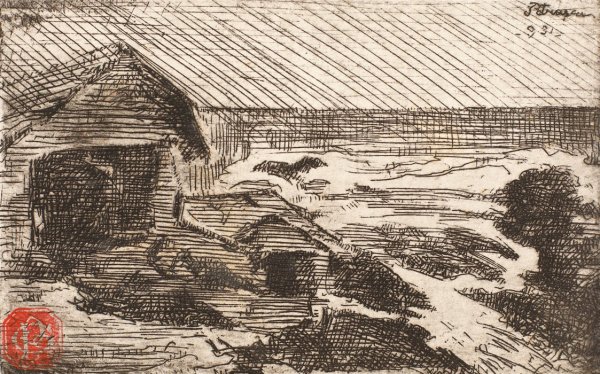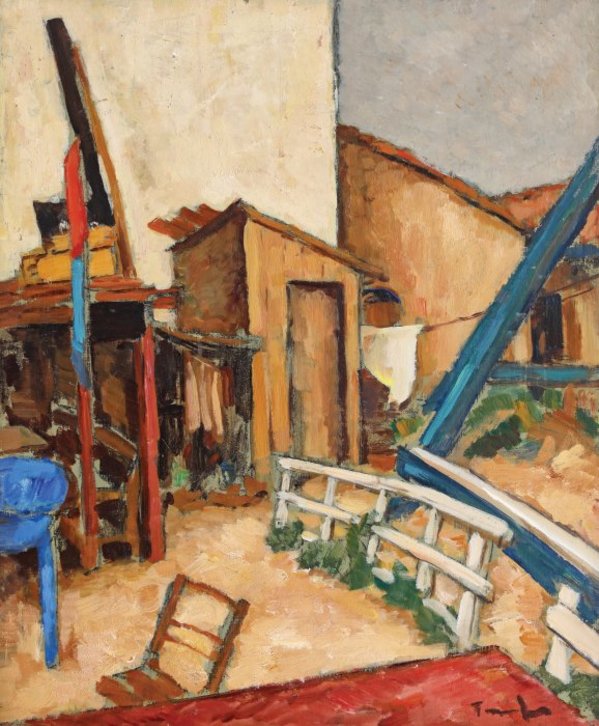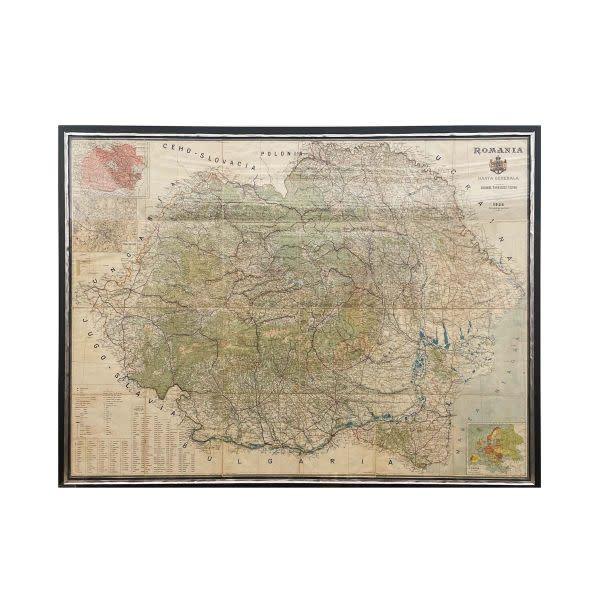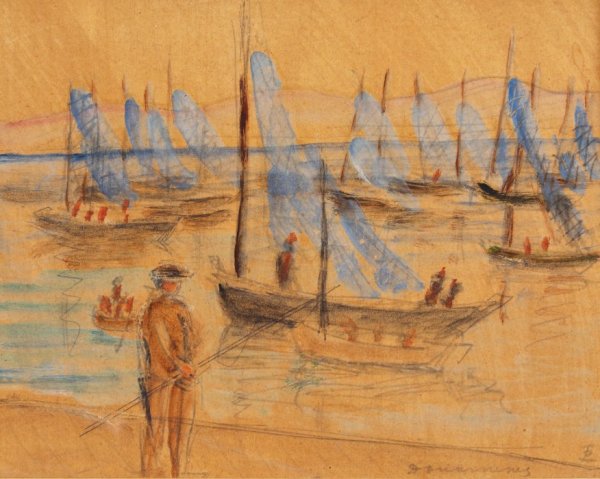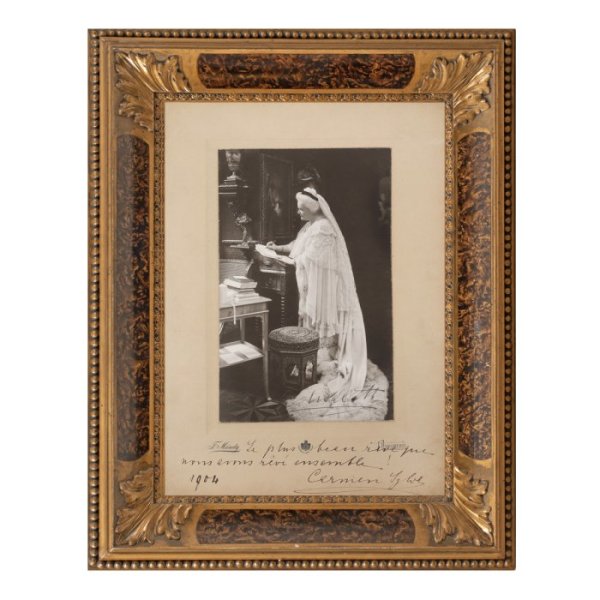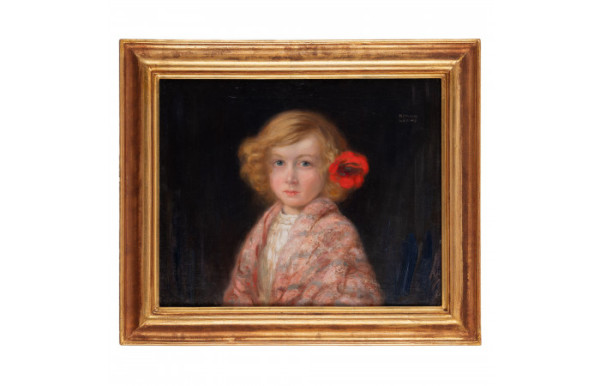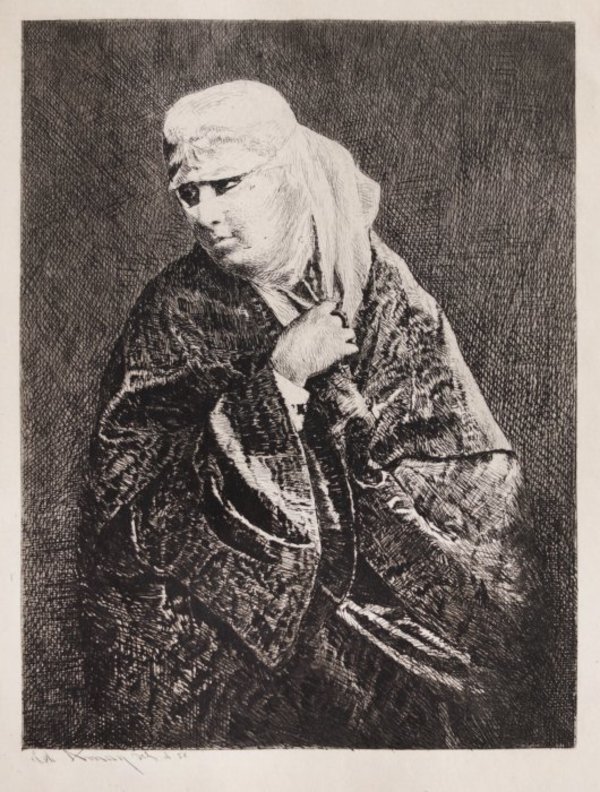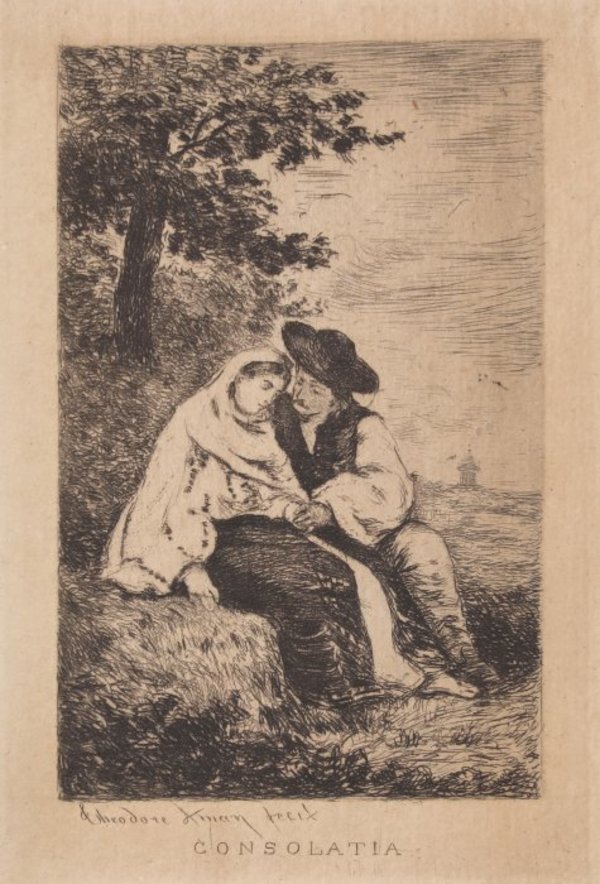- Theodor Aman
- Still Life with Cherries, Apricots and Tobacco, 1885
- Oil On Canvas
- 35 x 46 cm
- Signature: signed bottom left, with brown, "Th. Aman"
-
Installed
cca. 1880-1885
Both praised and criticised, often compared to Grigorescu, Aman's image was bound to be reconstructed after 1900, in several monographs. In 1904, the first compilation of texts, created by Dr. Constantin I. Istrati is published, so that, in the following years, the ones in charge of his creations would be Nicolae Iorga, but especially Alexandru Busuioceanu and O. W. Cisek. Classical, Romantic, Neo-Classical, Pre-Modern and school founder - these are the main descriptions appearing in the Interbellum period, Francisc Șirato and George Oprescu illustrating through their writings new traits and expressions of Romanian art. During the Communist era, things take an unexpected turn, with Aman becoming a hero, a patriot, a critic of the bourgeois society, an anti-monarchist, and so much more. The Royal component of his biography disappears, being mentioned only the Revolutions or the agrarian reform from Cuza's reign. These texts were already appearing 60 years after Aman's passing. Ana Aman also passed away in 1926, and there were no descendants to popularize the image of their predecessor. In this context, the popularization of Aman's creation was left largely in the hands of his paintings, which, regardless of the era, convey unbroken and honest messages. Returning to Aman's active years, which largely coincide with his activity within the "Belle Arte" School (1864-1890), we discover that still life makes a rather late and initially difficult entrance in the artist's imaginary. One of the first paintings to catch a subject of this kind seems to be, somehow accidentally, "Natura moartă" ("Still Life"), from the Aman Museum collection, inv. 774, seeming, however, to be just an atelier study. Gradually, and using flowers in particular, Aman starts gathering on canvas increasingly coherent subjects and, starting from the mid-1870s, complex compositions begin to appear, defined by a pre-conceived scenography and by a certain coherence in the compositional language. Yet, the still life suite, opened in the last 15 years of his career, seems to respond to some well-established and later perpetuated principles, such as: the recurring presence of fruits, which gradually replace flowers; the union between personal objects with decomposable ones, ensuring a certain continuity; a certain indifference of the artist towards the shape of the canvas, the composition maintaining its structure regardless of the dimensions, be it horizontally or vertically. We can notice these details starting from the middle of the eighth decade of the 19th Centuries, in works such as: "Cireșe" ("Cherries") (Aman Museum, inv. 108), "Coș cu căpșuni" ("Strawberry Basket") (Aman Museum, inv. 118), "Natura statică cu cireșe" ("Still life with cherries") (Brukenthal National Museum) or "Pomieră cu cireșe" ("Cherry orchard") (Craiova Art Museum, inv. 9), all of them being superbly built and painted, the level of attention and care for detail being rigorously respected until the end. Most of his works revolve around flowers or fruits, but there is also another category - in which we find the present work - with an eclectic set of props. Personal objects, tableware, newspapers, jugs, small statues, as well as other small-sized objects, compose exceptional oil paintings. The reconstruction of such a personal imaginary helps us complete that foggy image which art history often attributed to painter Th. Aman. A very interesting element is the style unity which Aman points out whilst creating this still nature cycle. All the works respond to an exceptional compositional rigour and, although they were painted around ten years apart, they do not seem to have any stylistic discontinuity whatsoever. Undoubtfully, props are the most important components Aman puts to good use. Most of them having been painted during the eighth and nineth decades of the 19th Century, still life paintings appear in a time when Aman's style, career and name were more than well-established in the national visual culture and, even though he was not selling as well as Grigorescu, Aman defined, to a large extent, the creation of Romanian modernity. Therefore, the palette, the ink and the general effects could come in second, as the props become the actual link within this cycle. In "Still Life with caise, cireșe și tutun" ("Still Life with Cherries, Apricots and Tobacco"), the fruits (always ripe, vibrating with colour until saturation point), decorative objects - the silver fruit bowl on a leg, but especially the personal objects - the cigarette, the cigarette case and the leaves - all of them roll out in front of our eyes, the same way that Aman observes them in his studio. Hence, a sensation of intimacy, as well as the chromatic choices, are being reached.
RESEARCH INFORMATION
the historical collection of Dr. Carmen BuÈulenga-Nicolau, author of several specialist studies (gynaecology, paediatrics and pulmonology), physician within the Pediatrics Clinic of the "Grigore Alexandrescu" Hospital (from the 1960s to the 1970s).
- Collections: Contemporary/Modern/Abstract


